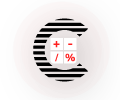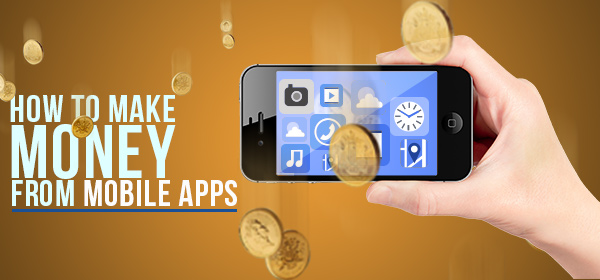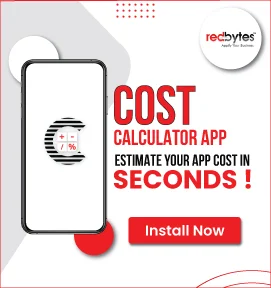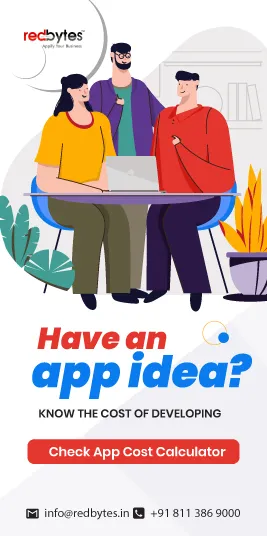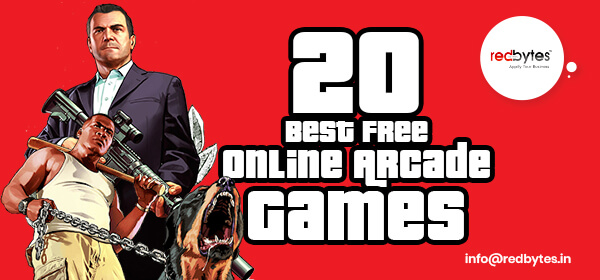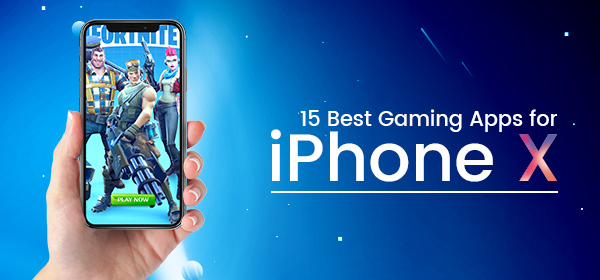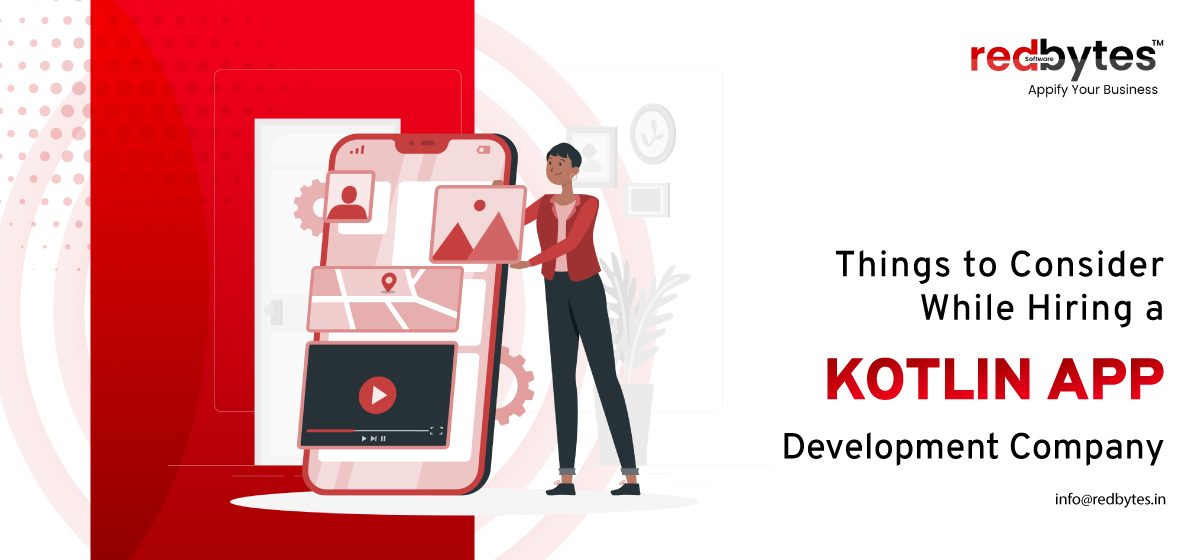https://www.redbytes.in/contactus/?utm_source=Header&utm_medium=Button&utm_campaign=ContactusRecently, app monetization is the hottest topic in the world of mobile app development. If you are looking to build a mobile app, you would not want to make it just for fun. Of course, you should have a proper app monetization model and thoughtful strategy to increase ROI. There are many app monetization options available in the market. Choosing a few viable monetization plans can increase your chance of making more revenue in the app market.

You may start with a free application that has certain premium features, in-app s and clever advertisements. Free apps are also more preferable than paid ones nowadays. But how exactly would you approach the idea of making money from your mobile apps?
Let’s explore how you can make it happen:
Your main app monetization strategy must include:
- Advertising
- Subscriptions
- In-app s
- Freemium plans
- Affiliate marketing and referral scheme
App monetization revenue model:
Here is the most viable app monetization revenue model that will help you generate unstoppable income from your mobile app:
1.Advertising
Since almost 70% of app owners use it, Mobile advertising proves to be the most functional and profitable app revenue generation model in 2017. Just display a commercial in your app and start getting paid. There are top 3 methods of in-app advertising as used by developers:
Interstitial ads:
This format contains full screen pop-ups that occur at specific time intervals. Users can close the ad either by selecting the displayed page or by choosing a close button in the top ad corner. Interstitial ads are organic revenue boosters for app developers.
Banners ads:
It appears at the top or bottom of the screen in varied sizes. They are small and do not cover the whole mobile screen, thereby being less intrusive to users’ interaction with the app. App owners can tailor ad banners for specific target demographic of users considering their past behavior. The lower half of the app screen has highest effects on users.
Native ads:
This type of ad can perfectly fit into the original app design and flow, acting as a sponsored material for product promotion. Native ads work like a natural app element, so users do not feel irritated. Eventually, developers get nice revenue stream and engagement through native advertising.
Incentivized ads:
Users usually like reward apps more than apps that just contain ads. These types of ads are driven by tools that make it possible to reward consumers as they complete certain in-app actions or survey steps. This tactic results in better user engagement, customer loyalty and brand image.
According to statistics disclose the Nearby Live on Android, a social network app, makes around$4,000-$5,000 per month using Facebook native ads.
Researchers say that by 2020, mobile apps would generate 188.9 billion U.S. dollars in revenues via app stores and in-app ads.
2.Subscriptions
Subscription is another monetization models for free apps with restricted content and features. After the free trial period, users can pay fixed charges to get full access to all premium app features and contents. The revenue model is commonly found in apps with exclusive news material, special reports, streaming (audio/video) privileges, ebooks, blogs and magazines, etc.
Apple and Google enable subscription transactions. Apple takes 30% of subscription revenue for first year and then 15% for the following years. On the other hand, Google takes 15% of the app revenue each year.

Despite being a little less famous in the app development market, subscriptions are still a vital monetization model for many leading premium-service apps.
New York Times, Wall Street Journal, Spotify are all big names using subscription based revenue stream model, offering various subscription tiers to their users.
3.In-app s
More popular in mobile gaming apps, -in-app s is one of the most successful app monetization models that enable users to sell assorted virtual items. With in-app s, users can win:
- Exchangeable game currency
- Buy extra bonus points
- Access premium content inside the app
- Unlock new features or higher game levels.
According to current app market scene, more than 50% of top apps capitalize on in-app s to generate a dependable stream of revenue. This model is found quite successful and is likely to dominate in future, especially for game developers.
The concept of virtual currency as a part of in-app s creates exciting user experience, which is more suitable for gaming apps. The world’s leading Supercell earned $1 million a day from in-app s in their Clash of Clans game. Pokemon Go users spend about $1.5 million on in-app s on daily basis.
4.Freemium Model
According to Gartner Research group, customers are likely to spend 24% more on in-app s than on paid-for apps. This suggests that people will tend to generate transactions within the app and pay for in-app features, once they are confident that the app can bring real value.
This principle is highly applicable for freemium app models. Unlike paid apps, freemium apps can be used with no charge. However, it contains paid or premium features that are in-app s.
Users have a benefit of downloading the free version to assess the worth and value of the app. If they are satisfied, they will commit to pay for its exclusive sister version with high-grade features. Developers see this as the easiest monetization model where apps have both light and full versions.
15% of apps are focused on this popular mobile app revenue strategy.
AppsFlyer states that the average iOS freemium app generates $1.08 per month per user, and the average Android freemium app generates $0.43 per month per user.
Spotify is one great freemium app that allows users to create personalized play-lists on their mobile device with its premium version unlocking more exclusive features for users.
5.Affiliate Marketing and Referral Scheme
You can be a part of affiliate marketing to promote someone’s products and services for split revenue. Money comes from a number of clicks or installs received from pop-ups and banners used to promote their apps.

Amazon store offers tremendous space for affiliate marketing. You can choose any product and advertise it through your apps. You get revenue from qualifying s and clicks on advertisements done by users.
In this model, you can promote other apps or advertise products through pop-ups and banners. Rovio, the leader in mobile gaming, used Google AdMob network to boost their Angry Birds downloads among Android users.
Final words:
Apart from the above illustrated app monetization tools and tactics, there are still more effective ways to monetize your mobile app. However, among all other app revenue models, according to sweet pricing, in-app advertising covers 65% of all major apps in the market. In-app s is also another success bringer. Some developers blend several methods to experience faster, better results. All it takes is careful planning and competitive marketing strategy to reap massive profits and app-engaged customers.


